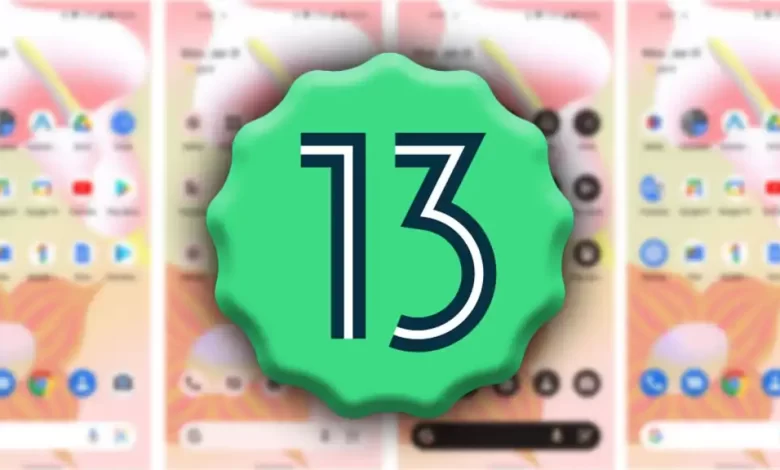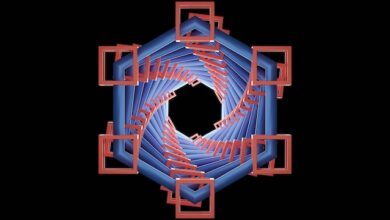Everything you need to know about Android 13

Time and again, Google releases a major update to Android.
Android 13 doesn’t try to accomplish anything groundbreaking, instead preferring to improve upon the Material You overhaul introduced in Android 12. Privacy, security, gaming, and battery life are just some of the areas that have seen significant advancements in addition to the new features that have been introduced.
If you don’t have a recent Pixel phone, you can’t get the final version just yet. Most phones and tablets running Android 12 will eventually receive the free upgrade, but many more devices are eligible for the beta right now. Read this for complete details.
When will Android 13 be released?
Soon, if you have a newer Pixel phone (if not already). On 15 August 2022, Google stated on its main blog that the operating system was started to roll out to the Pixel 4/4 XL and newer devices. When introduced, the Pixel 7 and 7 Pro are anticipated to come preloaded with Android 13.
Additionally, the four versions of the Android 13 beta are still compatible with devices from Asus, Lenovo, Nokia, OnePlus, Oppo, Realme, Sharp, Tecno, Vivo, Xiaomi, and ZTE. Read more in our devoted tutorial on installing Android 13.
Android 13 is coming “later this year” to these phones, as well as Samsung, Nokia, iQOO, Motorola, and Vivo handsets. Still, the customary several-month deployment timeframe remains in place.
Among the pioneers, Google has called out Samsung, HMD Global (Nokia), iQOO, Motorola, and Vivo.
After years of widespread disarray, major manufacturers like Samsung, OnePlus, and Vivo have made more firm guarantees, including OS updates for as long as three years. Meanwhile, other firms appear to still select on a device-by-device basis how many updates to Android they will provide for their smartphones and tablets.
So, Android 13, what’s the scoop?
The most noticeable change in Android 12 (at least for Pixel owners) was the debut of Material You, a new design language for the Android UI. Furthermore, the update highlighted a plethora of new privacy and security options, as well as practical (and long-overdue) additions, such as scrollable screenshots and even a one-handed mode.
While the release of the first developer preview provided some insight into the features and improvements that will be included in Android 13, it is currently up to dedicated developers and enthusiasts to sift through the code and find any hidden gems that may end up in the final version of Android, which is expected to be released in 2022.
These features have been confirmed in the first preview available to developers:
Visual selector
The photo picker will be “a standard and optimum [sic] means for users to share both local and cloud-based photos securely,” expanding on Android’s existing document picker.
Like the document picker, this should better unify Android’s media sharing experience across devices from different manufacturers, and it doesn’t require permission to see all photographs and videos on a device in order to let the user access shared material.
The feature will be made available to older Android devices, dating back to Android 11 (excluding Android GO devices), as stated by Android’s VP of engineering, Dave Burke, in his post about what’s included in developer preview 1. This update will be pushed as part of a future Google Play system update rather than as part of a major OS update.
Allowing Wi-Fi access from nearby devices
Unlike the existing Android setup, which requires apps to ask for location information in order to connect to nearby devices via WiFi, the addition of the NEARBY DEVICES RUNTIME permission will make it easier for apps to discover and connect to nearby devices.
Quick-Access Tiles for Configured Functions
Updated application programming interfaces (APIs) allow programmers to create unique tiles that may be used in Android’s notification shade’s speed dial. A developer can also choose to have their app display a dialog inviting users to tap and add the tile.
App Icons with a Theme
In Android 13, app icons can share a uniform color scheme with the system thanks to the expansion of the palettes used by Material Design to style the interface of your phone.
Google has complete authority over its own apps, but when it comes to third-party products, it might be difficult to standardize on iconography.
Smart processes in the background
When you open an app or begin tapping on the screen, the ‘JobScheduler’ feature of Android only executes essential background operations. In Android 13, this will be improved, with the operating system being able to foresee when you would likely activate an app and then immediately begin working. In particular, this should make app loading times faster.




